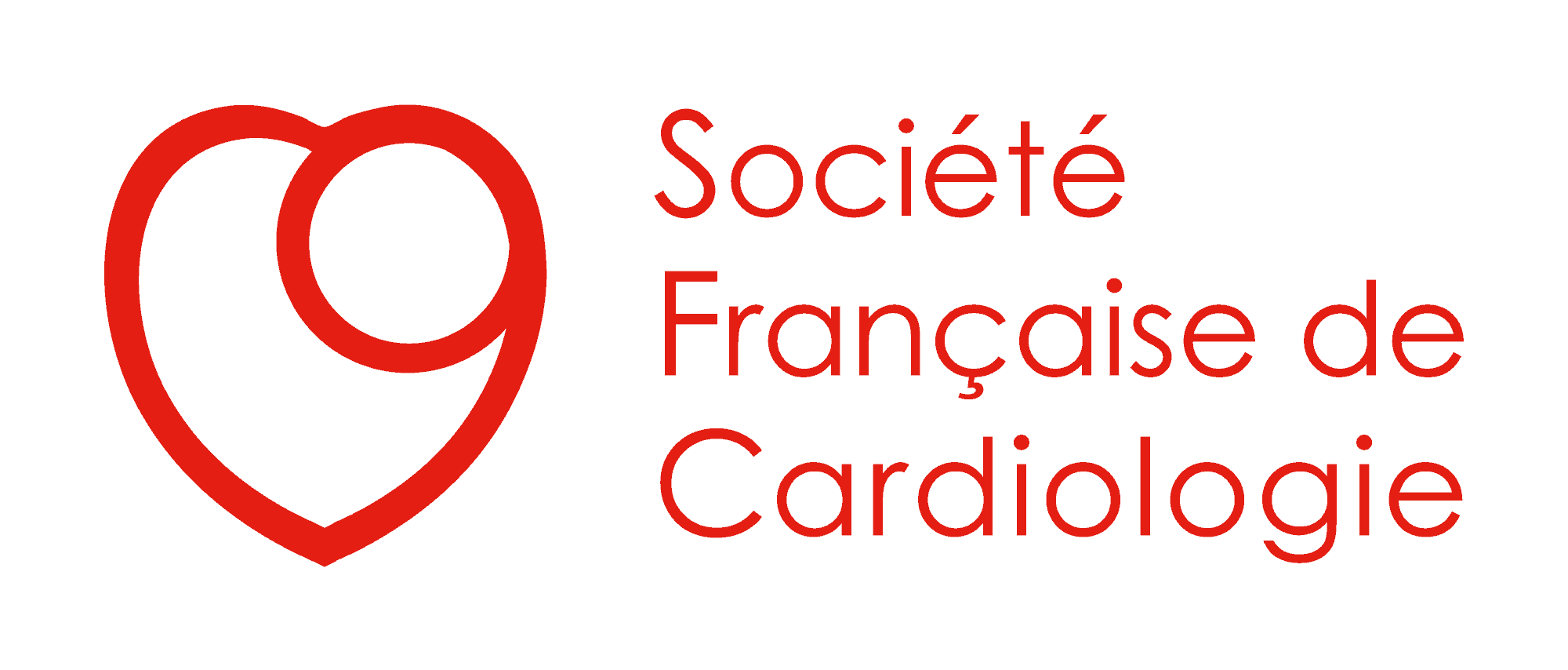Suivez-nous sur les réseaux sociaux !
Retrouvez les articles immanquables des Archives of Cardiovascular Diseases, revue scientifique mensuelle en anglais de notoriété internationale.
Voici un aperçu rapide des sujets abordés dans cette publication :
Dernières publications
Publications
Review – Left atrial cardiomyopathy: Pathophysiological insights, assessment methods and clinical implications
Voici un aperçu rapide des sujets abordés dans cette publication :
Archives of Cardiovascular Diseases | Avril 2024
Sandro Ninni, Vincent Algalarrondo, Fabien Brette, Gilles Lemesle, Jérémy Fauconnier, on behalf of the Groupe de Reflexion sur la Recherche Cardiovasculaire (GRRC)
Abstract
Atrial cardiomyopathy is defined as any complex of structural, architectural, contractile or electrophysiological changes affecting atria, with the potential to produce clinically relevant manifestations. Most of our knowledge about the mechanistic aspects of atrial cardiomyopathy is derived from studies investigating animal models of atrial fibrillation and atrial tissue samples obtained from individuals who have a history of atrial fibrillation. Several noninvasive tools have been reported to characterize atrial cardiomyopathy in patients, which may be relevant for predicting the risk of incident atrial fibrillation and its related outcomes, such as stroke. Here, we provide an overview of the pathophysiological mechanisms involved in atrial cardiomyopathy, and discuss the complex interplay of these mechanisms, including aging, left atrial pressure overload, metabolic disorders and genetic factors. We discuss clinical tools currently available to characterize atrial cardiomyopathy, including electrocardiograms, cardiac imaging and serum biomarkers. Finally, we discuss the clinical impact of atrial cardiomyopathy, and its potential role for predicting atrial fibrillation, stroke, heart failure and dementia. Overall, this review aims to high-light the critical need for a clinically relevant definition of atrial cardiomyopathy to improve treatment strategies.
Keywords
- Atrial cardiomyopathy
- Electrophysiology
- Atrial fibrillation
- Stroke
- Cardiac imaging
Table of contents
- Abbreviations
- Introduction
- Conditions leading to ACM
- Noninvasive assessment of LA cardiomyopathy
- Clinical impact of ACM
- Conclusions
© 2024 Elsevier Masson SAS. Tous droits réservés.
Partagez cet article :
Partagez cet article :
Written by : SFC
Plus de publications de la SFC

CARDIOLOGIE PÉDIATRIQUE Three-dimensional echocardiography in adults with congenital heart disease: a scientific statement of [...]

Archives of Cardiovascular Diseases | Juin 2025 Consensus document from the Group Exercise Rehabilitation [...]



